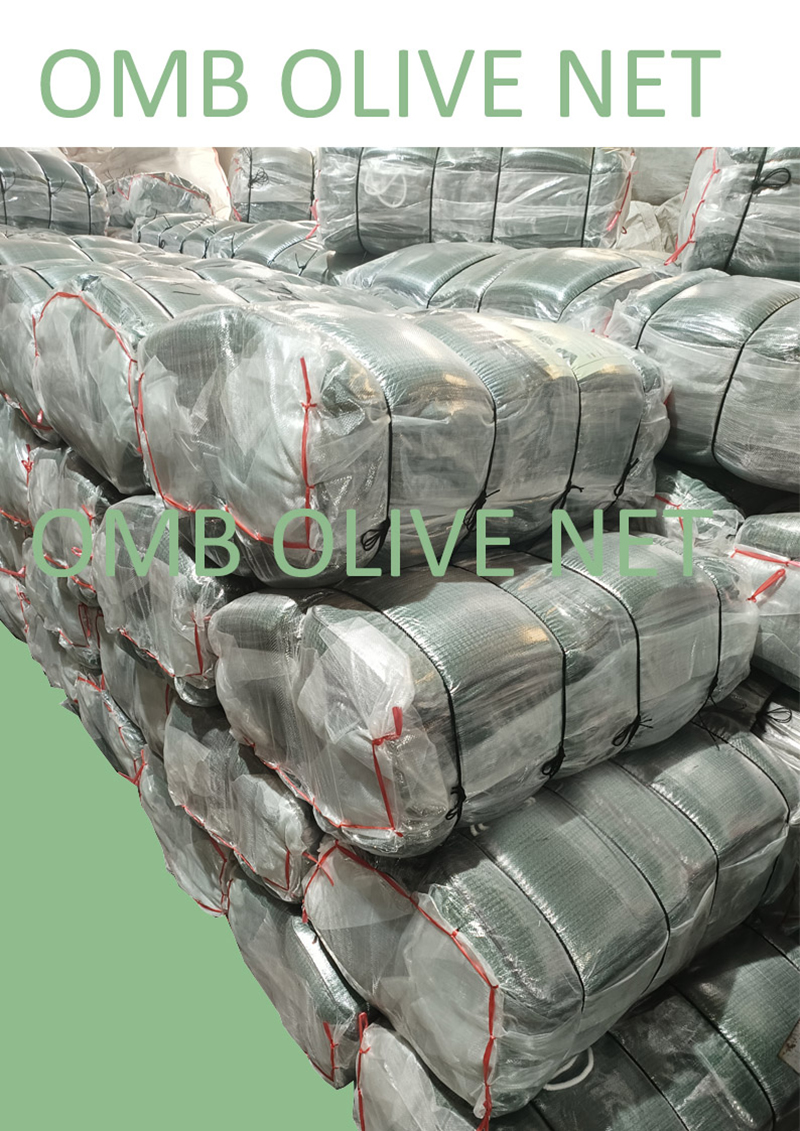
Olive nets help streamline the olive harvesting process in a few key ways:
1. Collection Efficiency - Rather than having olives scattered across the ground, the nets catch and concentrate all the fallen fruit in one place. This makes collection faster and easier.
2. Reduced Labor - Workers don't have to spend as much time searching through foliage and soil to find all the olives. The nets allow a single pass for collection versus multiple passes across an area.
3. Less Handling - Olives don't need to be individually picked from trees or ground. The net contains them gently so they can be emptied together into containers with minimal handling.
4. Cleanliness - Olives stay off the ground and away from debris, dirt, etc. that could otherwise soil the fruit and require extra washing. Nets keep them clean.
5. Damage Prevention - Direct contact with ground poses bruising and cracking risks, whereas nets cushion the fall and separate olives from hard surfaces.
6. Time Savings - Faster, more efficient collection using nets means the harvest can be completed sooner, reducing risks from weather, pests, etc.
7. Ease of Use - Nets provide a simple, effective solution versus more complex harvesting aids. Minimal training is required to implement their use.
By streamlining collection, olive nets optimize labor productivity during harvests and ensure high quality fruit with minimal effort. This is important for commercial and home grove operations alike.
Here is a summary of key points about olive nets:
- Olive nets are specialized nets used during olive harvesting to collect olives as they fall from trees. They help streamline the harvesting process.
- They are typically made of durable yet lightweight materials like polyethylene that can withstand the weight of falling olives without tearing.
- Olive nets come in various sizes, usually rectangular or square, ranging from a few meters up to large sizes for commercial orchards.
- The mesh is usually knitted to be small enough to catch olives but still allow for airflow to prevent mold or damage to the fruit.
- Before harvest, nets are spread out under trees and anchored securely along edges to remain in place during shaking/vibrating of branches.
- As olives fall, they are caught on the net rather than hitting the ground, protecting them from bruising or contamination.
- After harvesting, olives can be easily collected by gathering the net edges and pouring contents into bins or buckets for transport.
- Using olive nets makes harvesting more efficient by streamlining olive collection in one location versus searching the ground.
- They keep olives clean and allow for careful handling to maintain high quality during processing after harvest.
- Olive nets are a best practice tool for commercial and home olive grove harvests to optimize yields.


 英语
英语 西班牙语
西班牙语













